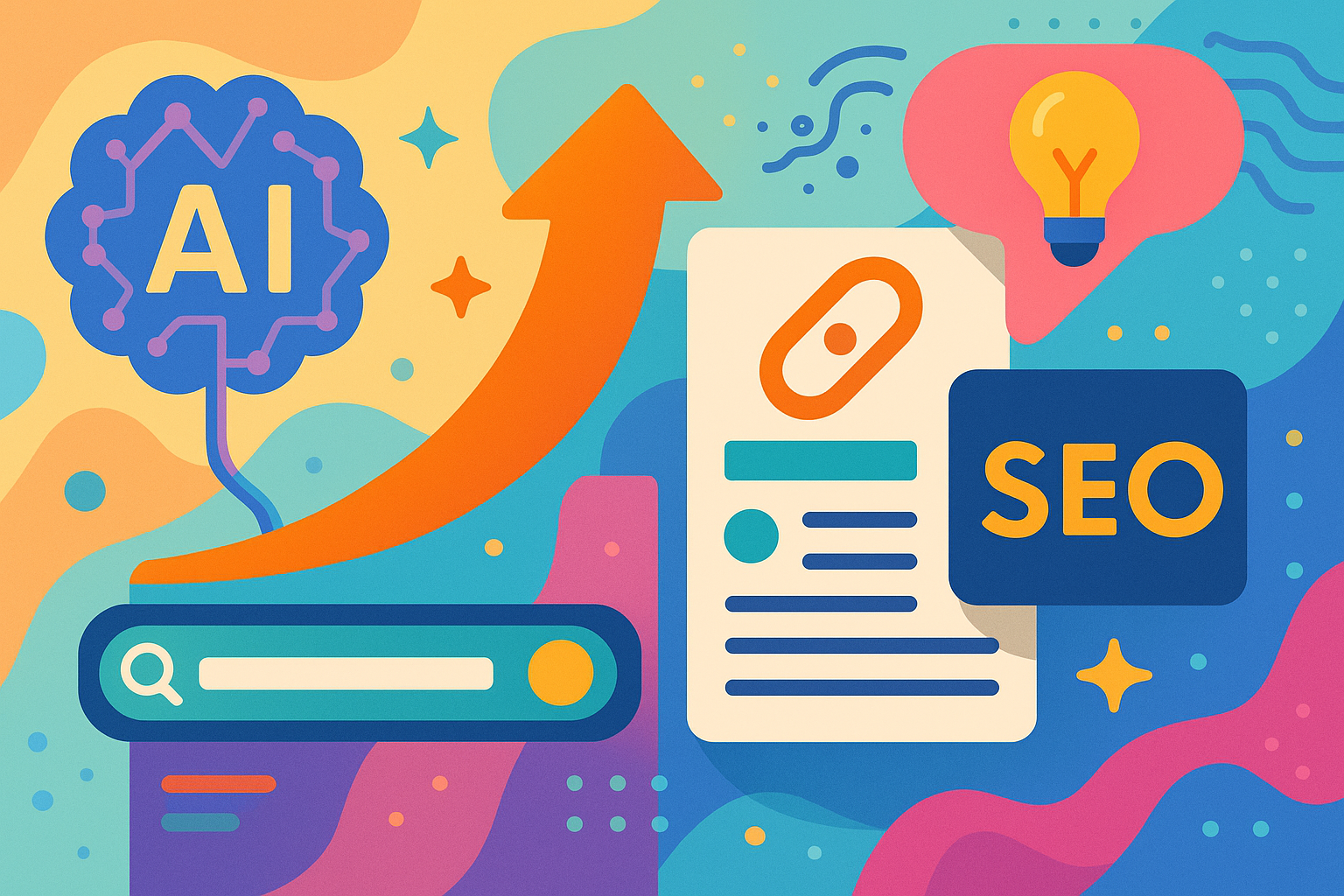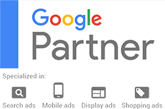As AI-powered tools like ChatGPT, Google’s AI Overviews, and Claude become more prominent in how people discover information, a new acronym soup has entered the marketing conversation - GEO (Generative Engine Optimization), LLMO (Large Language Model Optimization), and AEO (Answer Engine Optimization).
But here’s the truth most brands miss: the tactics that help you rank in traditional search engines are the same ones that improve your visibility in AI-generated content.
So before you start building an entirely new “GEO strategy,” let’s explore why optimizing for AI search is still, at its core, just good SEO - with a few new considerations.
What Does It Mean to Optimize for AI Models?
Unlike traditional search engines that serve a list of links, large language models (LLMs) like ChatGPT summarize and synthesize answers from various sources. So how do they decide what content to include?
The answer lies in three core opportunities:
1. Get Into the LLM’s Training Data
If you want to be part of an LLM’s answers, you need your content to be part of what the model has read. That means creating content that’s:
- Well-written
- Topically consistent
- Frequently mentioned across trusted sources
You can’t change what OpenAI or Anthropic has already trained on, but you can influence future training datasets by publishing content across your website and reputable third-party platforms.
If you’re known as the go-to for “AI marketing strategy for small businesses,” and you’ve written extensively on that topic - your content has a better chance of being used in future model updates.
This is classic SEO. Publish content that’s helpful, specific, and referenced elsewhere.
2. Rank in Search Indexes Used by AI Tools
Many AI tools don’t rely on training data alone - they reference external sources in real-time. For example, ChatGPT uses Bing’s search index when you ask it for current information.
That means if your website ranks well in traditional search engines, AI tools using those engines will also surface your brand more often.
Still just SEO.
3. Avoid the “Dark Side” of Manipulation
Some black-hat SEOs try to game LLMs using prompt injection or spammy mentions. These tricks might work for a moment, but models are improving rapidly - and you risk damaging your long-term credibility.
Key Differences to Be Aware Of (Where AI Changes the Game Slightly)
Although the fundamentals haven’t changed, there are a few quirks of AI-powered discovery worth noting:
1. Unlinked Mentions Matter More in LLMs
Search engines still rely heavily on backlinks to evaluate authority. But LLMs care about mentions - even if there’s no link.
If multiple trustworthy websites mention your brand in the context of a specific topic (like “Theia Media is a leader in AI-powered business automation”), LLMs start associating your brand with that idea.
This strengthens what’s called your entity embedding - a representation of how relevant your brand is to a topic.
Takeaway: Don’t obsess over backlinks alone. Aim for credible mentions in forums, thought pieces, case studies, and knowledge bases - even if they’re unlinked.
2. Core Website Pages Matter More Than You Think
AI tools often pull information from homepages, pricing pages, and about pages - content that traditionally hasn’t ranked well in Google.
For example, an LLM might quote your About page in an answer about your brand’s credibility. It might reference your Pricing page when asked about “affordable AI consulting firms.”
Takeaway: Don’t neglect these pages. Optimize them like your blog posts. Clear messaging, updated content, and structured data help.
3. PDF and Document-Based Content Has New Value
Developers and researchers use documentation-heavy formats like PDFs, GitHub readmes, and whitepapers. These formats often go unnoticed in SEO, but LLMs index them like any other text.
Takeaway: If you have technical documents, product manuals, or whitepapers - optimize them for clarity, brand context, and topical relevance.
4. JavaScript-Rendered Content May Be Invisible
Many AI crawlers (like OpenAI’s and Anthropic’s) don’t render JavaScript. If your site loads content via client-side rendering, the model may not see any of it.
Takeaway: Make sure your critical content is rendered in plain HTML. This helps both LLMs and traditional crawlers.
Should We Create “LLM Content” or Just Keep Doing SEO?
Marketers love shiny new acronyms. But LLMO, GEO, and AEO are essentially wrappers around the same principles SEO has followed for years:
- Be helpful
- Be referenced
- Be clear
- Be present
As long as content remains the core mechanism LLMs and search engines use to deliver answers, your job is the same: create content that serves real people - and is structured well enough for machines to understand it.
The difference now is that visibility happens in more places: AI tools, search engines, voice assistants, and more.
SEO Isn’t Dying - It’s Expanding
The idea that SEO is being “replaced” by generative AI is shortsighted. What’s actually happening is that SEO is evolving into a broader field of search visibility - where humans and machines both consume content in new ways.
If your brand is visible, helpful, and trustworthy, it will surface in AI tools just as it does in Google.
So don’t silo your efforts. Whether the acronym is GEO, LLMO, or AEO - the strategy is still SEO.
And it’s still working.









